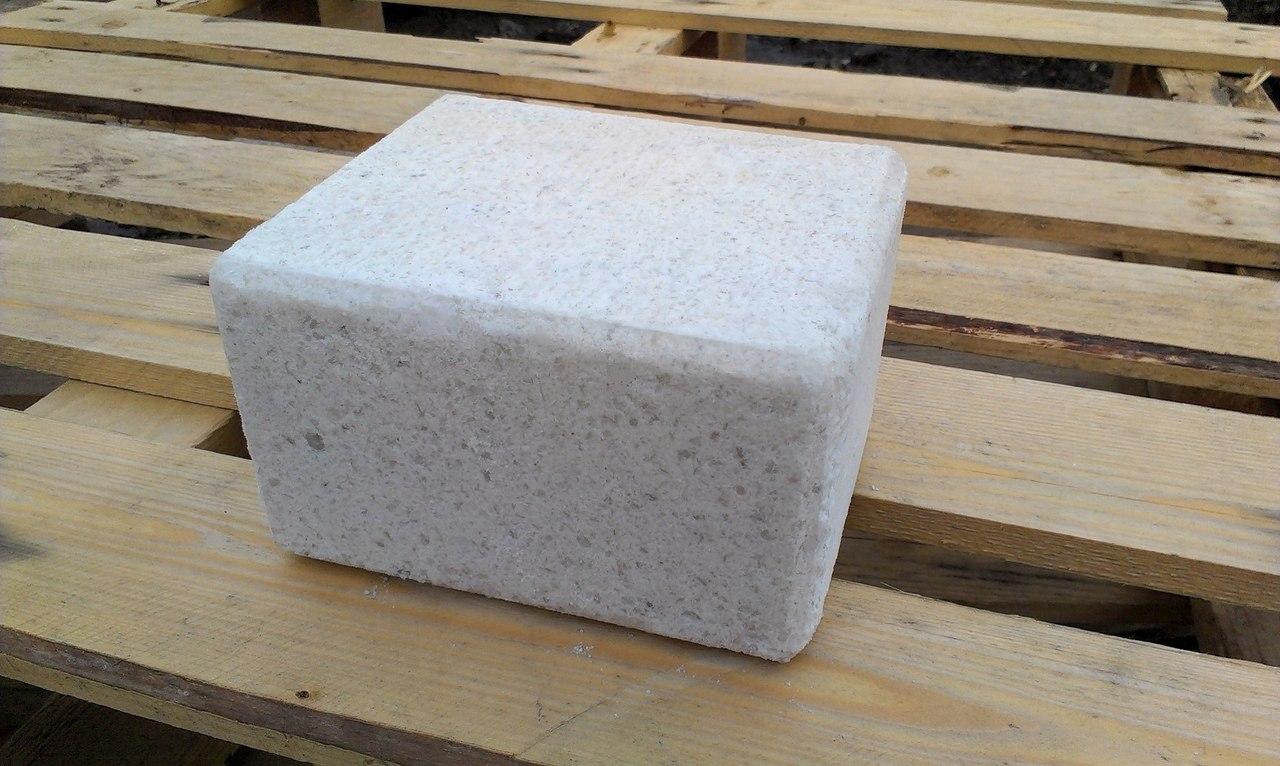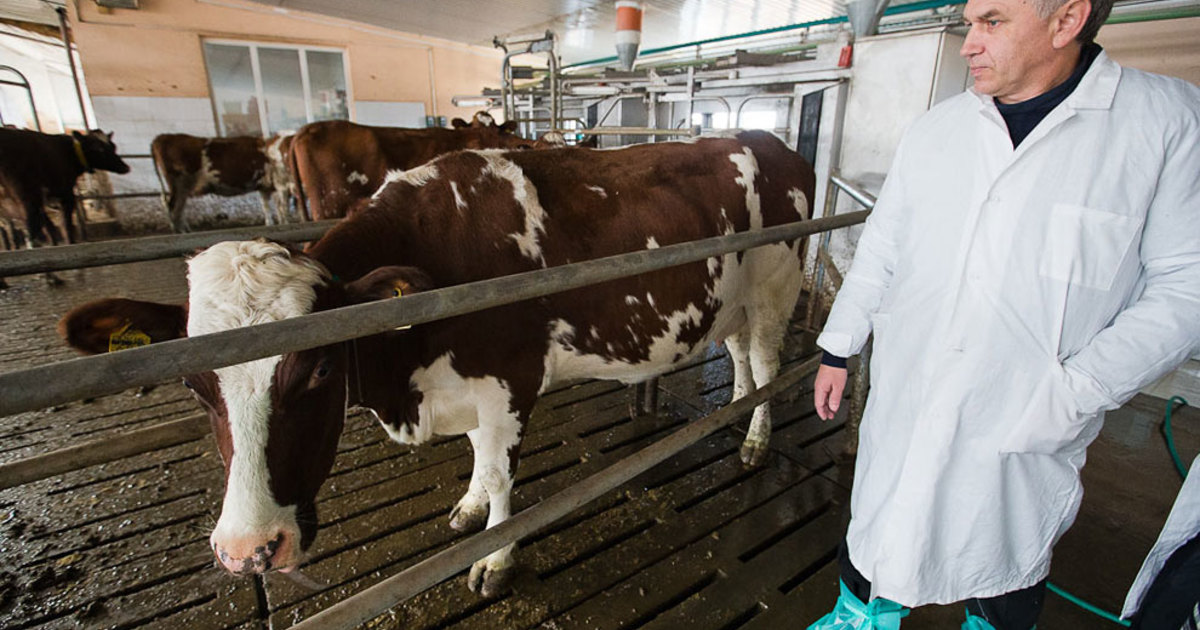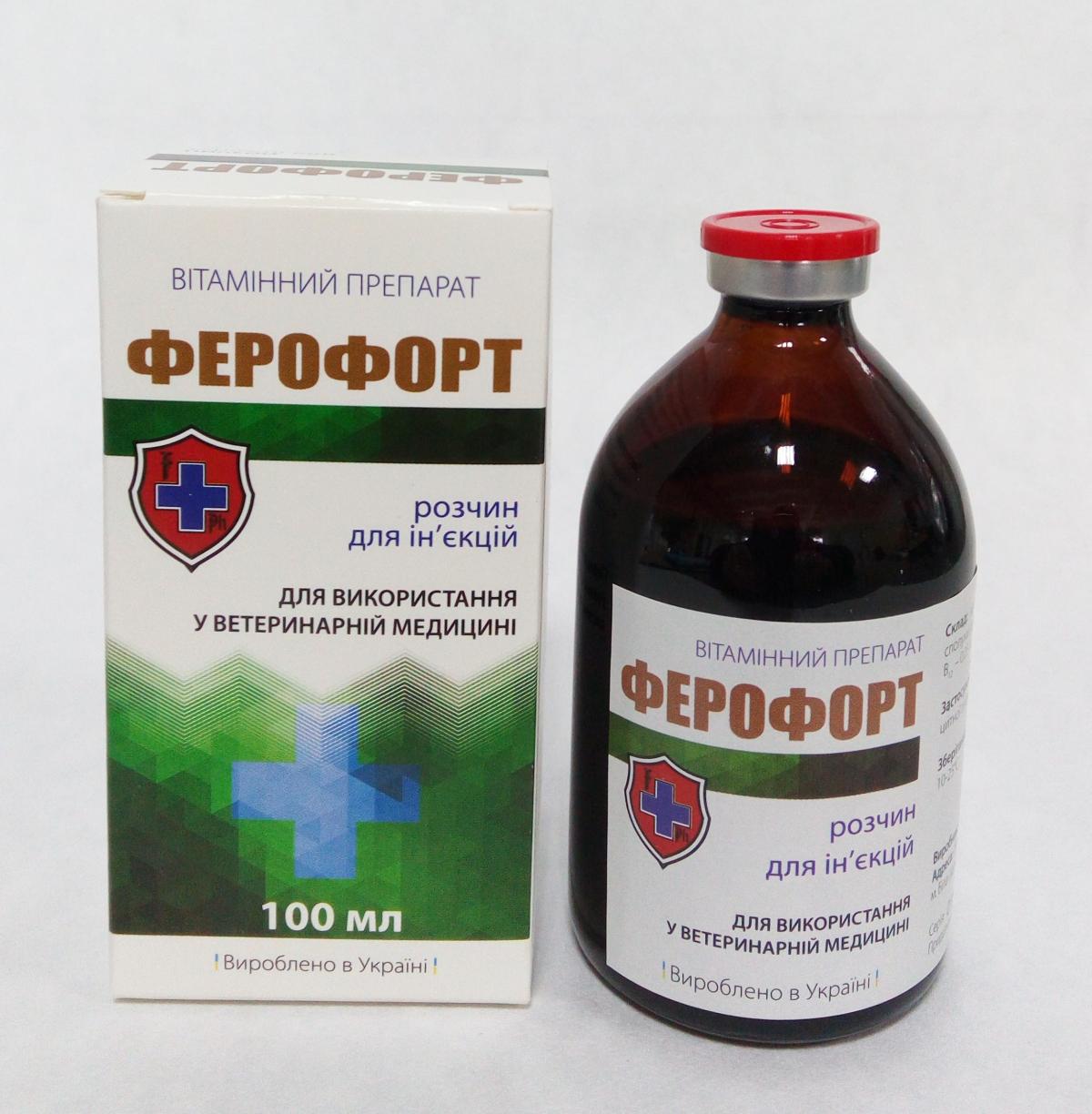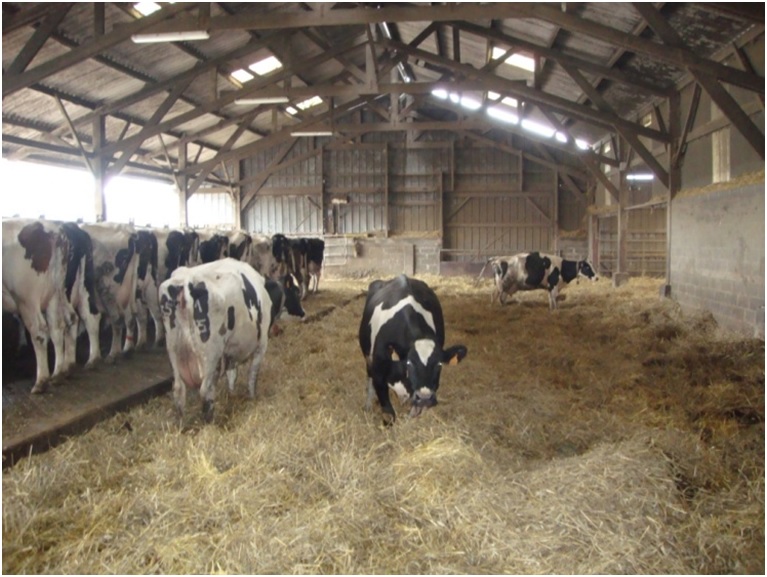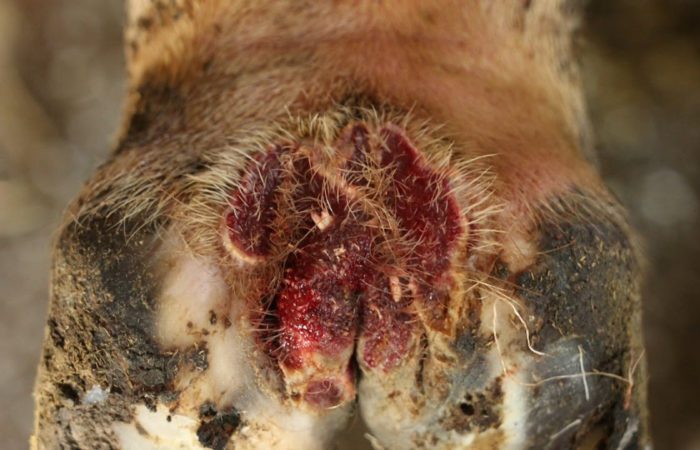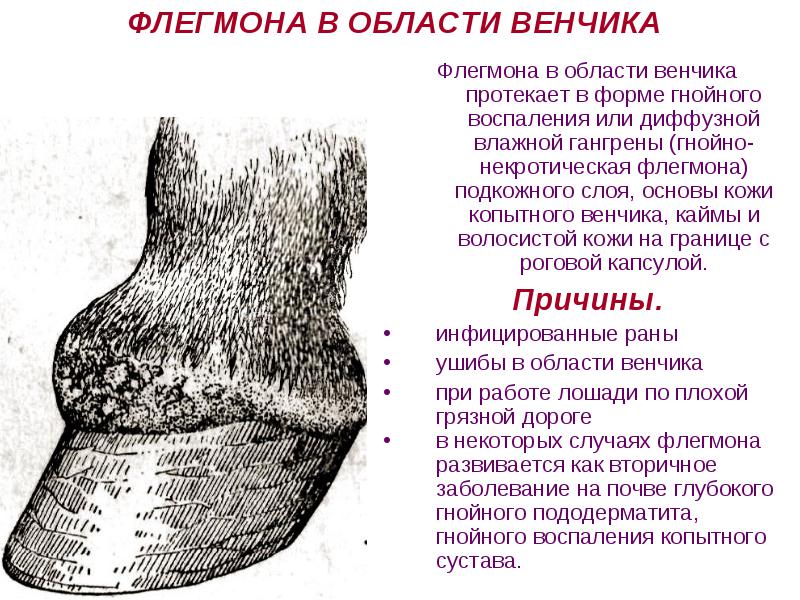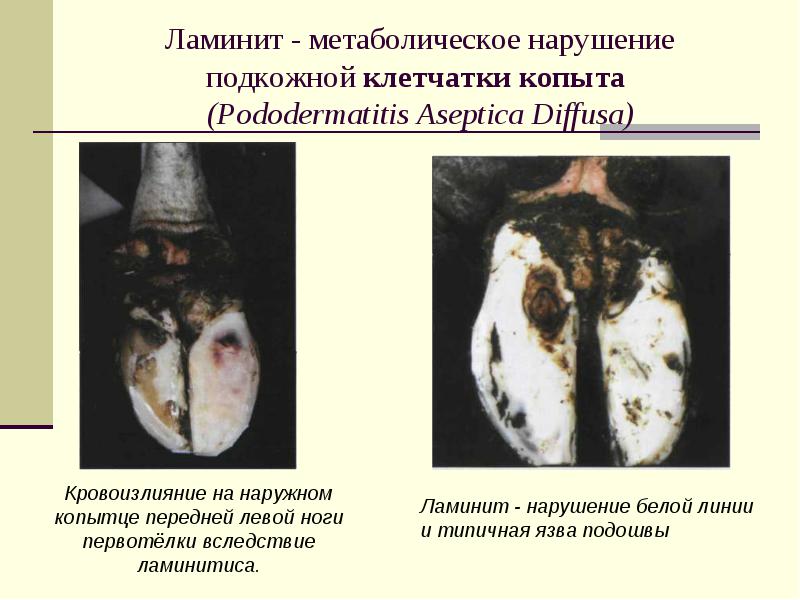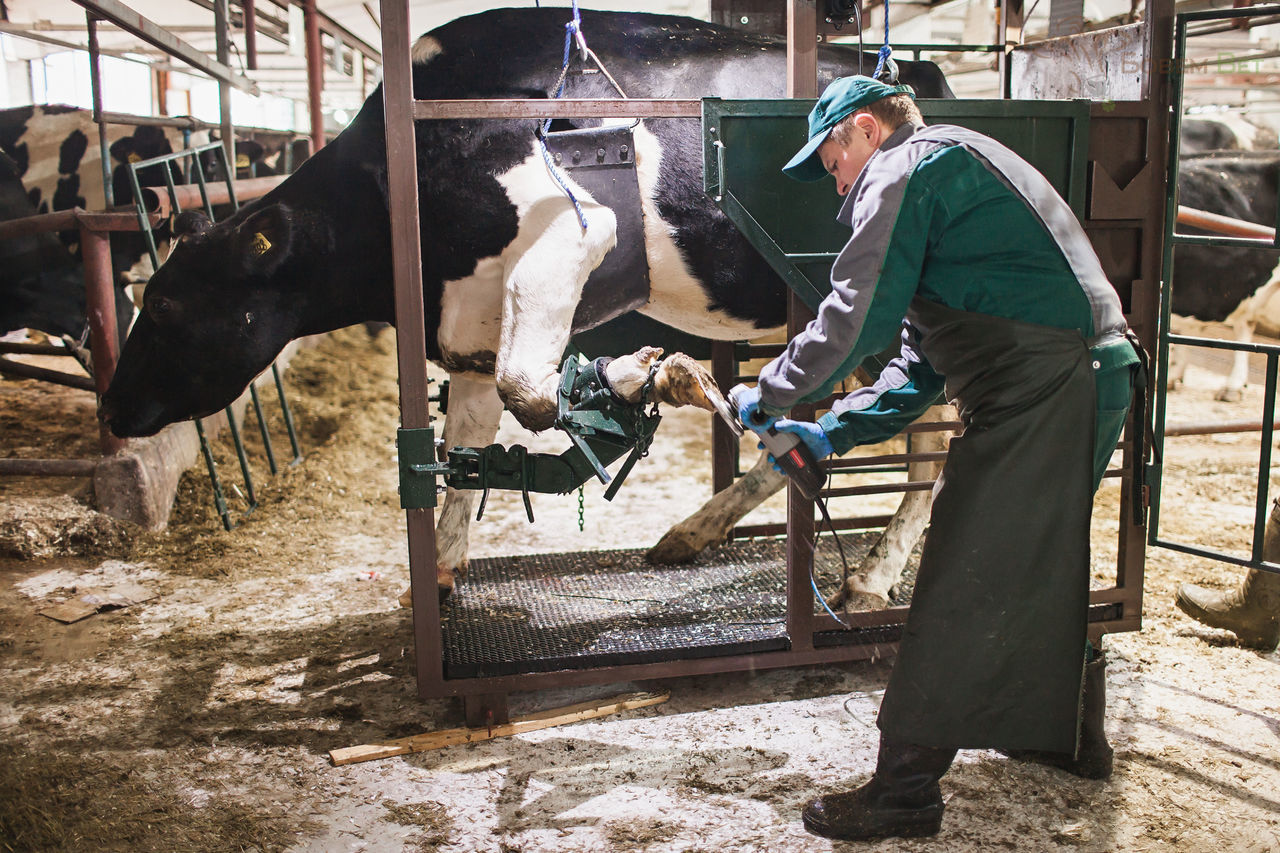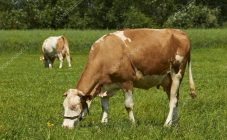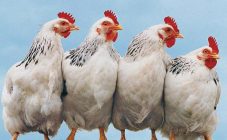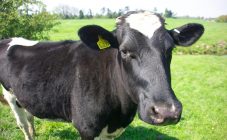Content:
It is known that pets came into human life from the wild. From there, where every action of the animal has its own purpose. The same goes for cows. So, they support their health with special herbs, with a long walk in search of food, their hooves are grinded and so on. Therefore, it is important to try to create conditions similar to natural ones when keeping stalls.
Breeding and general rules for caring for cows at home
Depending on the purpose, the direction of breeding cows is also chosen. Actually, there are three of them:
- dairy;
- meat;
- meat - dairy.
The first two directions are inherent in a production enterprise, but meat - dairy breeds of cows are usually kept in private farms. Where they are grown for both milk and meat.
The method of keeping is pasture - stall. Relatively speaking, for half a year, cows graze in the wild (almost like in their natural environment), and in winter in closed barns. That is, at 6 months, animals have very limited movement.
Barn construction
The diet is formed exclusively from the outside. Therefore, it is important from the very beginning to properly organize the construction of the barn.
Highlights during construction:
- accounting for space per head - 10 m2;
- ensuring the preservation of heat - insulation of walls, ceiling, floor;
- ease of cleaning - slope of the floor plane (floors can be earthen, wooden;
- installation of ventilation;
- construction of feeders and drinking bowls based on 20 kg of dry feed (hay) or silage and two buckets of water per animal unit.
The main thing in keeping cattle is cleanliness and dry heat indoors. In winter, the temperature should not drop below 10 degrees Celsius. For calves, even more is required - 12-15 degrees. Therefore, even before winter, it should be possible to heat the barn if necessary.
What to feed
Usually hay, silage, root crops are used as feed. Salt - slime is required. There is no water restriction. It is better if she is constantly present.
For prevention purposes, starting from the age of two months, the animal must be vaccinated against dangerous diseases, such as:
- pasteurellosis;
- brucellosis;
- foot and mouth disease;
- anthrax;
- rabies.
But besides them, cows are trapped by many other diseases. The most severe of them diseases of the hooves (legs).
Cow hoof structure
A cow is an artiodactyl ruminant. She has 4 fingers. Two apron are the main ones, and two rudimentary ones are located on the back of the leg. If we talk about the front ones, then they are quite large and wide. Each phalanx ends in a hard cornea (like human nails). These fingers are called hooves.
Diseases of the hooves in cows
Despite the scientific approach to keeping cows, cattle hoof diseases still continue to bother cows and their owners.
The cattle are really big. It is not easy for not very thick legs to carry such a mass. Therefore, the legs and hooves are the first to suffer. Added to this is the stall keeping of cows, in which the cornea of the hoof grows constantly, but cannot wear off. Because the cattle is forced to live locked up, unable to walk in the required volume.
In conditions of overcrowding and the impossibility of very often general cleaning of the premises, animals can develop various diseases. The legs are especially affected. First, they are always under the pressure of the heavy weight of the cattle. Secondly, the legs are constantly in contact with the litter (respectively, the waste products of the inhabitants of the barn).
Almost all diseases begin with this very reason. The overgrown cornea cracks, breaks. The inner, soft part of the hoof becomes accessible to pathogens and begins to hurt. Also, the lack of vitamins and omissions in the content are badly reflected on health.
Cattle leg diseases
The first symptom of an unhealthy cow is lameness. It can be caused by diseases of the joints such as arthritis (joints can swell), diseases of the skin and muscles, such as bursitis dermatitis and so on. Injuries also occur - sprains, sprains, fractures. Therefore, having noticed diseases of the legs of cattle, or rather, its uncertain gait, it is worth examining its legs.
Again, in order to eliminate the causes of the disease, it is recommended to revise the housing conditions and diet, and to treat the sick cows in accordance with the disease.
Possible causes of diseases and their treatment
A cow, like any living creature, is subject to various ailments. There can be many reasons. Starting from the conditions of keeping and the diet of feeding, to hereditary reasons and characteristics of the breed. Rather, the breed's predisposition to this or that disease.
The therapy uses techniques and special preparations for cattle. But, as practice shows, these drugs are common to many animals, including humans.
Bump in a cow signs and treatment
Bump or squat (or mud fever) is a dermatid (skin inflammation) in a cow. It appears on the back or on the lateral surface of the flexor joint of the leg.
Depending on the reasons, cow bite is:
- eczemotic;
- warty;
- gangrenous.
There can be many reasons. This is a violation of the conditions for keeping livestock, and metabolic disorders, and contact with a caustic substance, and the presence of skin and subcutaneous parasites.
Dermatitis can affect any part of the animal's body, but due to the most frequent lesion of the lower part of the legs, this type of lesion has been identified with a separate name - biting midge.
Cows are mainly affected by bard biting midge. The pathogenic microbe (Dermatophilus congolensis) is found in potatoes or potato stillage.
In addition to potato stillage, other parts of potatoes are also causative agents of biting midge. For example, the tops or even the water in which the tubers were cooked. Moreover, this disease is transmitted with milk to calves and children.
In the initial state, you can limit yourself to the exclusion of this product from the diet. The addition of maize can reduce the harmful effect, but at least a third of the volume of potato waste.
Microorganisms that cause biting midge can be found in the habitat of cows. For example, on the floor in a litter. Flies can carry them. At the first opportunity, for example, skin damage, they penetrate into the wound and begin to develop rapidly. Outwardly, this is manifested by redness, swelling and a local increase in temperature. Soon, bubbles with pus ripen in this area, then they burst and, drying out, turn into a dense crust. As a result, a constantly festering wound forms over the hoof. When the cow moves, the skin cracks in this place, the crust falls off. Again the wound is exposed and everything is repeated.
Biting midge treatment involves three successive stages. It:
- Cleansing. Hair removal, rinsing first with clean water, then with an antiseptic shampoo (Pevidin, Hibiscrub).
- Removal of soaked scabs. Animalintex gel can be used to soften.
- Thorough drying. Dry by blotting with a soft cloth.
After drying, the wound is treated with petroleum jelly and covered with an antibiotic bandage (for example, Dermobion). It is recommended to bandage every day until the hoof tissue is fully reproduced.
To avoid re-infection, the causes of the lesion should be excluded.
There is another type of biting midge. It is called a rain-scald. This disease occurs when livestock are kept in poorly equipped premises, where there is no shelter from the rain. Rainwater washes away the protective fat layer, the skin dries and cracks. This opens up access to pathogenic bacteria.
Hoof rot in cows treatment
Hoof rot in cows is caused by the bacterium Baeteroides nodosus. In this disease, the tissue of the interdigital cleft and the corolla is affected. These microbes are very tenacious. They are able to survive in the environment for several days, and in the horny tissue of a recovered cow for up to 2-3 years.
The manifestation of infection is possible when:
- reduced cow immunity;
- trauma to the tissues around the hoof;
- unsanitary conditions in the room.
The incubation period of the disease is 7 days. After this period of time, the animal's well-being is already clearly visible. Wherein:
- the cow is lame;
- puffiness appears between the hooves and a pus-like substance is released;
- the horny shoe begins to separate from the inner tissues of the hoof;
- the affected area is exposed;
- the temperature rises to 40-41 degrees;
- the cow is losing weight.
If a foot disease is detected, treatment should be started immediately. It includes cleaning the affected area under local anesthesia and freezing, washing, applying a sterile dressing with a wound healing ointment. The dressing needs to be changed daily.
For the prevention of hoof rot lesions, it is recommended:
- Regularly examine the legs and hooves of the animal;
- Creation of good conditions for content;
- Treatment of hooves with disinfectants, such as formalin, copper sulfate.
Shortening hooves
In the winter, stall period, the cows have excess corneal growths on the hoof. They get larger, more likely to crack and break. Forced limitation of movement does not allow them to grind their hooves in a natural way. Therefore, this procedure should be carried out independently, that is, trim the hooves. Such an operation is required for each animal at least 4 times a year. Even if there is no disease, the excess growths will cause some discomfort to the cow when walking.
If the cow is limping on the front leg:
A cow can limp with its front legs for several reasons. It can be an infectious disease (regardless of the location of the limb), trauma. Selective disease of the front hooves can be associated with different loads on the legs.So more than 60% of the animal's weight falls on the front. And if a cow is limping on its hind leg, how to treat in this case? Yes, everything is the same. Find out the cause and treat.
Corolla cellulitis in a cow
The corolla is the area above the hoof. With phlegmon, suppuration appears under the skin of the corolla. Over time, the purulent sac will burst and a purulent wound will appear in its place.
You can understand the disease by the behavior of the pet. The cow begins to limp on a sore leg.
First of all, after detecting a build-up, you should shave off the hair on the affected area, wipe the focus abundantly with alcohol and apply a bandage with an ointment that draws out pus. Ichthyolka (or other ointments containing birch tar) are well suited for this. The procedure should be repeated every 2-3 days. And so on until complete recovery.
If the case is neglected and the purulent pillow has burst, then we proceed to a more complex operation. For this:
A freezing drug (novocaine, ledocaine) is injected with an antibiotic (penicillin and others from this series at the rate of 150 units per kilogram of cow weight). Next, the wound is cleansed of pus and ichor and a sterile bandage is applied with a healing agent (for example, streptocide, osarcide, and others). It is recommended to inject intravenously a solution of calcium chloride with urotropin. Examination and dressing change every three days until the disease is completely cured.
Laminitis in cows
Laminitis in cows is easy to spot and identify. This is a soft tissue lesion in the hoof area. Visually look like edema. Indeed, it is an accumulation of liquid and a souffle-like substance. The appearance of adversity can be understood by the behavior of the cow. She walks uncertainly, stands poorly. In a word, it can be seen that she experiences a sharp pain when stepping on a sore leg.
Without treatment, the disease progresses and flows into infection and deformation of the cornea, the appearance of fistulas and their breakthrough. Open wounds are also at risk of secondary damage by other pathogenic organisms.
The main causes of laminitis are:
- violation of the diet;
- lack of vitamins;
- poor conditions of detention;
- pregnancy.
Curing the disease is quite simple. Regular, warm salt baths (or compresses) and changing the conditions of detention will help to avoid serious consequences. Otherwise, the disease can come back.
Pododermatitis in cows
The most dangerous lesion of cattle hooves is pododermatitis (hoof rot). It is also called Mortellaro disease.
In this disease, the entire inner part of the hoof is affected and pus flows out of the numerous cracks in the stratum corneum. Along the contour of the cornea, fistulas mature and then break. A loose, necrotic layer on the bottom of the foot leads to sole detachment. The animal has a high temperature, it does not stand on its feet.
Treatment of the disease is long-term. The very first thing to do is to fix the leg. Next, a blockade is done with novokoin, iceoin or some other freezing drug together with an antibiotic.
As soon as the blocker works, all affected areas are mechanically cleaned off, the entire area is thoroughly treated with hydrogen peroxide, a sterile dressing with ointment is applied (you can use Veshnevsky ointment, Levomekol and other compounds for wound healing). It is important to fix the bandage well. It needs to be changed every three days until the wounds are completely healed.
A cow's hoof burst, what to do
Why did a cow's hoof crack? This means that the cornea of the hoof has grown strongly. In this case, the cow cannot fully step on her feet, because the cracked cornea, when pressed, tears the soft (inner) parts of the hoof. This is, firstly, painful, and secondly, it is dangerous. Dirt will surely get into the wounds, which means infection.
Preventive measures
In order to prevent the disease of the cow's hooves, they are cut down with excessive lengthening.
The cow should be laid down and immobilized before the hoof trimming procedure.This affects the quality of the work. The front hooves must be trimmed first. The area of the bottom layer of the hoof should be perpendicular to the axis of the leg so that the cow rests on the entire hoof when walking.
Along the way, with shortening, the entire leg should be examined for wounds and lesions. If you find wounds and scuffs, you need to immediately treat them with iodine.
The popular method of pruning is cutting with a grinder.
After the procedure for cutting the hooves, they must be disinfected with a solution of formaldehyde or copper sulfate (arrange baths).
Experienced breeders advise
Livestock breeders recommend:
- The hoof should not be trimmed down to living internal tissue.
- The floors in the barn must not be made of concrete or sand.
- Use wood lice herb for compresses.
In order for a cow to feel good, it is necessary to create optimal conditions for her. All conditions must be considered. This is especially important in the winter season, when the cattle do not have the opportunity to solve their problems themselves.

